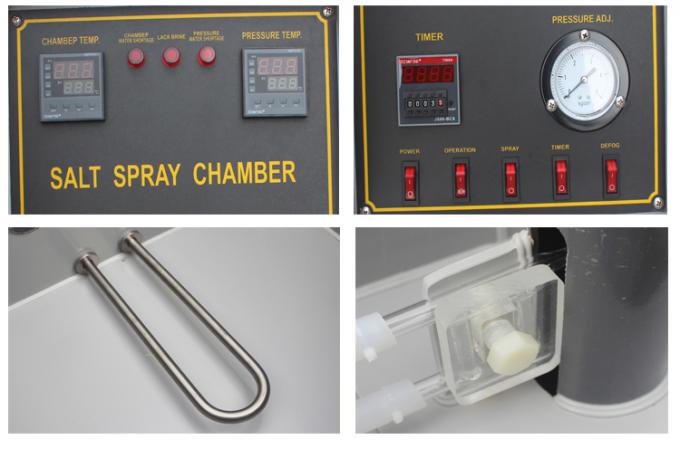- Qinsun Instruments Co., Ltd.
- Tell:+86-21-6780 0179
- Phone:+86-17740808215
- Address:No. 2578 Minhang District Gu Dai Road, Shanghai
- Contact:Mr. Li
- QQ:846490659
Selection of High Voltage Electrical Appliances

High voltage electrical appliances are devices used in high-voltage circuits to achieve closing, breaking, protection, control, regulation, and measurement. General high-voltage electrical appliances include switch appliances, measuring appliances, and current limiting and voltage limiting appliances.
The internationally recognized boundary for high and low voltage electrical appliances is 1kV AC (1500V DC). For AC communication, high voltage electrical appliances above 1kV and low voltage electrical appliances below 1kV. Sometimes transformers are also included in high-voltage electrical appliances.
In high-voltage electrical product samples, drawings, technical documents, factory inspection reports, type test reports, user manuals, and products, various professional terms are often used to represent the structural characteristics, technical performance, and usage environment of the product.
In addition to rated voltage, rated current, thermal stability, and dynamic stability verification, the selection and verification conditions for high-voltage circuit breakers should also pay attention to the following points:
(1) Selection of types and types of circuit breakers
The type and type of high-voltage circuit breaker should be selected according to the requirements of the installation location, environment, and usage conditions of the circuit breaker. Due to its simple manufacturing, low cost, and low maintenance workload, low oil circuit breakers are widely used in 3-220kV systems. However, in recent years, vacuum circuit breakers have been widely used in 35kV and below power systems, and there is a trend to replace oil circuit breakers. SF6 circuit breakers have also been developing towards medium voltage of 10-35kV and have been applied in the construction and renovation of urban and rural power grids. The operating mechanisms of high-voltage circuit breakers are mostly supplied by manufacturers, and only some low oil circuit breakers have several types of operating mechanisms to choose from, such as electromagnetic, spring, or hydraulic. Generally, electromagnetic operating mechanisms require a dedicated DC closing power supply, but their structure is simple and reliable; The spring type structure is relatively complex and requires high adjustment requirements; The machining accuracy of hydraulic operating mechanisms is required to be high. The type of operating mechanism can be selected based on the convenience of installation and debugging and the reliability of operation.
Selection of rated breaking current
The short-circuit current that a circuit breaker can ensure normal breaking at rated voltage is called the rated breaking current. When conducting type tests on high-voltage circuit breakers produced in our country, only 20% of the non periodic components are included. Generally, medium and slow speed circuit breakers, due to their long breaking time (>0.1s), have a significant attenuation of the non periodic component of the short-circuit current, which can meet the national standard requirement that the non periodic component does not exceed 20% of the amplitude of the periodic component. When using fast protection and high-speed circuit breakers, their breaking time is less than 0.1s. When there is a short circuit near the power supply, the non periodic component of the short-circuit current may exceed 20% of the periodic component, so verification is required. The calculation method for short-circuit full current can refer to relevant manuals. If the non periodic component of the calculation result exceeds 20% or more, the manufacturing department should be requested when placing an order. Circuit breakers equipped with automatic reclosing devices maintain their rated breaking current unchanged when the operating cycle complies with the manufacturer's regulations.





